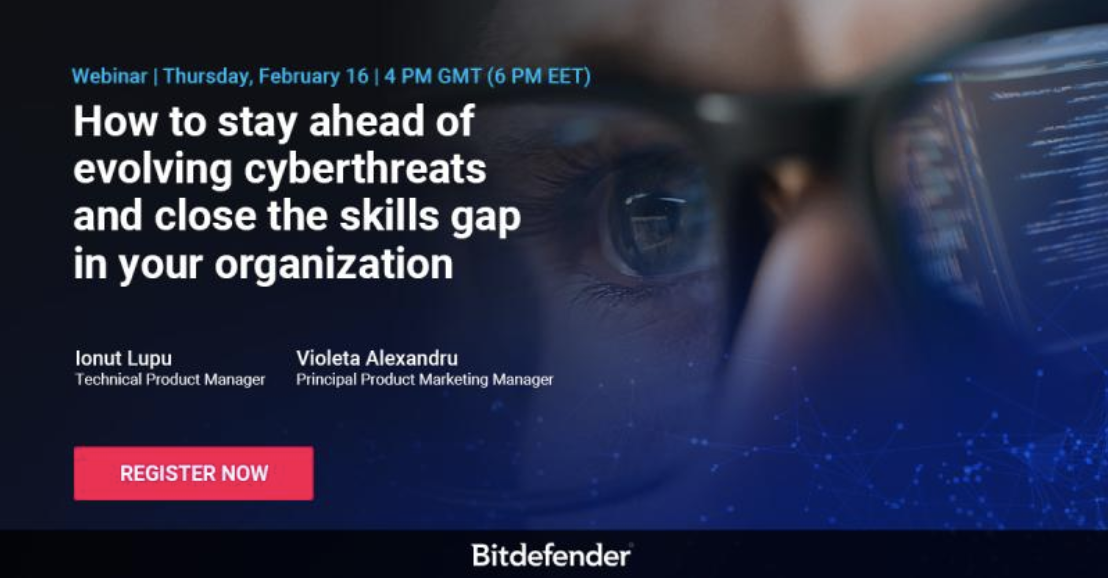From Struggle to Success: Client Experiences in Closing the Cybersecurity Skills Gap

Organizations of all sizes and industries are navigating a very challenging threat landscape. Their IT environments – and their attack surface -- have expanded and become more nebular as businesses increasingly migrate to the cloud and rely on a remote workforce dispersed across the globe. At the same time, threats continue to grow. Global cybercrime costs are forecasted to grow by 15% to reach $10.5 trillion annually by 2025.
Amid all this, perhaps the most pressing challenge looming over organizations is the acute workforce shortage in the cybersecurity industry. According to the most recent Cybersecurity Workforce Study conducted by (ISC)2, the cybersecurity workforce gap increased by 26% in 2022, with 3.4 million more cybersecurity professionals needed globally. This shortage impacts an organization’s ability to defend itself from threats. Nearly three-fourths (74%) of the survey respondents said the workforce shortage puts their organization at moderate or extreme risk of experiencing an attack, and almost half (48%) said there isn't enough time for proper risk assessment and management.
Moreover, Gartner estimates that nearly half of cybersecurity leaders will leave their roles by 2025 due to the mounting pressures of the job. The research firm predicts that, due to attrition and turnover in the industry, lack of talent or human failure will be responsible for over half of significant cybersecurity incidents.
So, how can organizations bridge the gap in the cybersecurity workforce?
Attracting and training new talent takes time, and some experts express concern that the next generation of people entering the job market lacks the necessary skills or interest in cybersecurity roles. But there are ways organizations can bridge the gap today and become more cyber resilient through advanced, new technologies and managed services.
Using XDR to bridge the skills gap
In addition to the challenges described above, security teams today manage an increasingly complex security environment with numerous disparate security tools. This process requires manual labor to correlate insights from the various data lakes and streams, often resulting in alert overload and false positives.
One solution is extended detection and response (XDR) technologies. XDR is the latest cybersecurity innovation. Having evolved from endpoint detection and response (EDR) technologies, XDR extends coverage far beyond traditional endpoints to include the organization’s entire environment: physical and connected devices, virtual and cloud platforms, hosted workloads, productivity applications, identity and authentication systems, and more.
Not only does XDR extend visibility and coverage, but a native XDR solution like GravityZone XDR creates a shared detection layer, bringing management of the entire security environment under a single pane of glass view. This solution helps organizations overcome the cybersecurity skills gap by:
- Providing a centralized and automated approach to security operations.
- Reducing the need for manual intervention and freeing up security teams to focus on more strategic tasks.
- Improving visibility and threat detection. XDR provides a more comprehensive view of the security posture of the organization, making it easier for security teams to identify and respond to threats.
Automating response and mitigation. XDR can reduce the risk of human error and ensure that security policies are consistently enforced across an organization.
Critical for bridging the cybersecurity workforce shortage, GravityZone XDR also creates human readable reports and graphical illustrations of incidents, thus enabling security analysts to identify a threat, and quickly understand the entire scope of the incident. They can quickly see what resources were impacted, which attack methods were used, root cause, important highlights about the incident, and recommended response actions. Providing all this in one centralized location, under a single view, in an easy-to-understand report saves time by reducing false positives and ensuring security team members don’t have to duplicate work when investigating an incident.
GravityZone in action
One of the largest charities in the United Kingdom, Macmillian Cancer Support, saw these benefits first-hand when they experienced a cybersecurity incident. Despite operating with a small cybersecurity team, within just 10 minutes they used the graphical attack visualization to demonstrate what had occurred, where their areas of concern lay, and what steps to take next.
In another example, a leading architecture firm, BLDD Architects, experienced the benefits of having a single, centralized control panel to manage security across all endpoints in the organization. With a large percentage of remote users in the firm’s workforce, Director of IT at BLDD Architects, Dan Reynolds, explains how GravityZone’s centralized control panel enables him to easily protect various types of distributed endpoints and tailor different protection policies for each.
When to use managed services
Despite the ways that advanced cybersecurity technologies can help security teams bridge the workforce shortage, sometimes organizations still need additional help. Some security teams may find that they don’t possess the proper skills in-house to optimally manage and maintain the security technologies they need. Or, they may simply not have enough staff to ensure 24x7 coverage. That’s when it can be beneficial to turn to a trusted partner for managed security services such as managed detection and response (MDR).
Bitdefender Managed Detection and Response Services help organizations augment and extend their security teams by providing 24x7 monitoring of the organization’s entire IT environment as well as advanced attack prevention, detection and response from Bitdefender’s expert security analysts and threat intelligence researchers.
Amid the pervasive cybersecurity workforce shortage, a professional MDR partner can serve as a valuable and trusted cybersecurity team for organizations that struggle to find talent or lack the budget, expertise, or other resources to defend their organization.
Learn more
Learn how to do more with less and defeat the cybersecurity skills gap.
tags
Author
Bitdefender is a cybersecurity leader delivering best-in-class threat prevention, detection, and response solutions worldwide. Guardian over millions of consumer, enterprise, and government environments, Bitdefender is one of the industry’s most trusted experts for eliminating threats, protecting privacy, digital identity and data, and enabling cyber resilience. With deep investments in research and development, Bitdefender Labs discovers hundreds of new threats each minute and validates billions of threat queries daily. The company has pioneered breakthrough innovations in antimalware, IoT security, behavioral analytics, and artificial intelligence and its technology is licensed by more than 180 of the world’s most recognized technology brands. Founded in 2001, Bitdefender has customers in 170+ countries with offices around the world.
View all postsRight now Top posts
FOLLOW US ON SOCIAL MEDIA
SUBSCRIBE TO OUR NEWSLETTER
Don’t miss out on exclusive content and exciting announcements!
You might also like
Bookmarks












